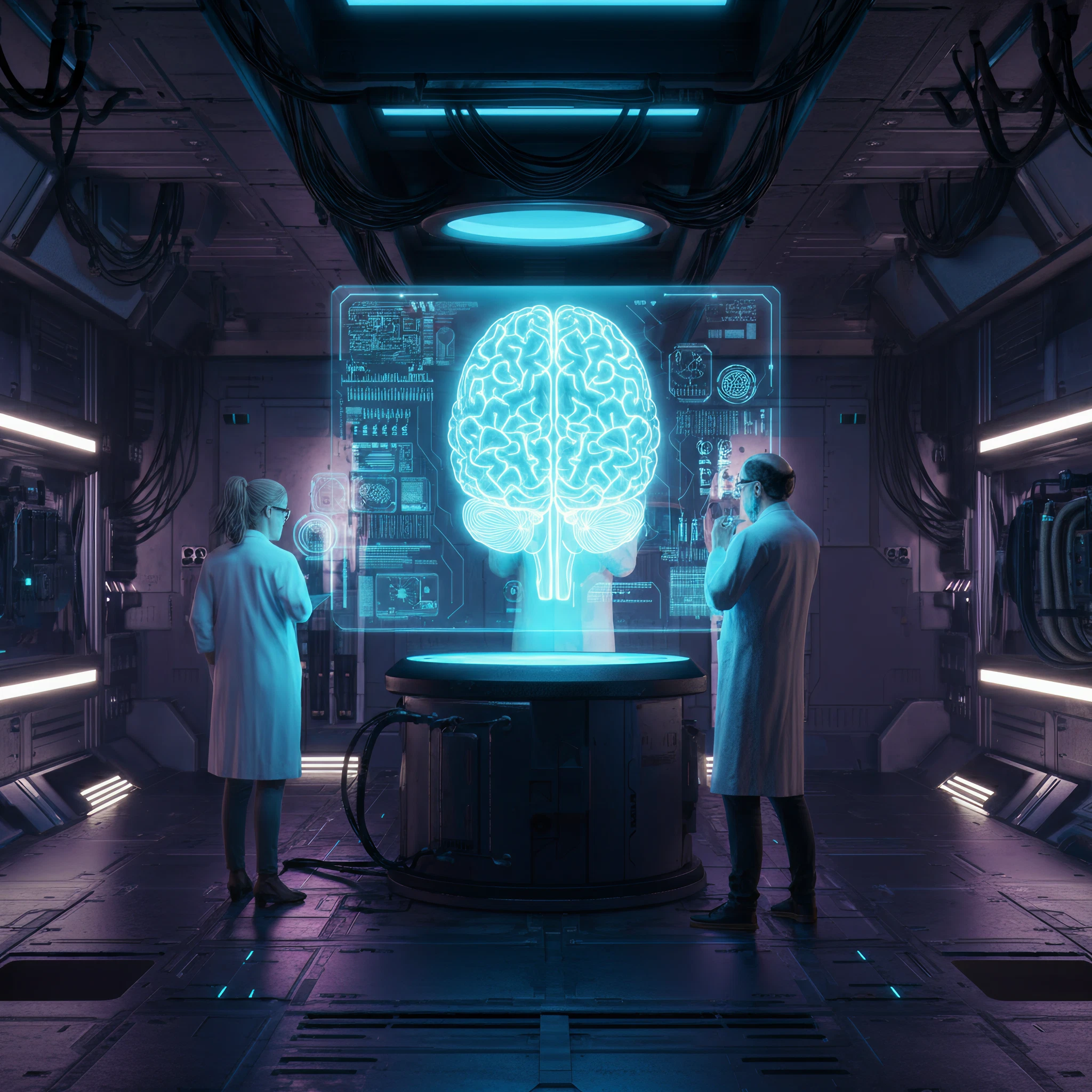Consciousness is one of the greatest mysteries of science. Despite leaps in understanding the brain, the question of why and how we have subjective experiences remains unsolved. Is consciousness the result of specific neural activity, or does it arise from an unknown process we don’t yet comprehend? A recent groundbreaking study has tested two of the most prominent theories of consciousness, and its findings leave us with more questions than answers.
This article explores what the study revealed about the human mind, what it means for the field of consciousness research, and why scientists are no closer to cracking this profound puzzle.
Theories of Consciousness at a Crossroads
Over the years, numerous theories have emerged to explain consciousness. Two of the most dominant frameworks are the Global Neuronal Workspace Theory (GNWT) and Integrated Information Theory (IIT).
- Global Neuronal Workspace Theory (GNWT): This theory suggests that consciousness arises when information is shared widely across the brain’s networks. A process called “neural ignition,” occurring in the prefrontal cortex, is believed to amplify certain stimuli to enter conscious awareness.
- Integrated Information Theory (IIT): IIT proposes that consciousness is an intrinsic property of systems that integrate a high degree of information. It positions the posterior cortex (a region at the back of the brain) as central to conscious experience, linking synchrony in this area with awareness.
Both theories have their advocates, and both attempt to root the enigma of subjective experience in neurological processes. However, until now, testing these theories head-to-head has been rare.
The Study and Its Collaborative Approach
The latest study, published in Nature by the Cogitate Consortium, represents an unprecedented collaboration among top researchers and rival theorists. Known as an adversarial collaboration, the project aimed to compare predictions from GNWT and IIT in an unbiased, rigorous framework. Remarkably, Nobel laureate Daniel Kahneman, the originator of the adversarial collaboration concept, provided guidance to ensure scientific integrity.
Here’s how the study was structured:
- Agreeing on Testable Predictions: Both theory proponents outlined specific, measurable hypotheses about brain activity during conscious perception.
- Neutral Testing Teams: Independent labs conducted the experiments to avoid bias.
- Neuroimaging and Analysis: Advanced imaging techniques, such as functional MRI and magnetoencephalography (MEG), were employed to analyze brain activity in response to stimuli.
This meticulous approach was designed to produce results that could definitively support or refute each theory.
The Results: No Clear Winner
The findings, however, fell short of decisively validating either theory.
- Challenges to IIT: The prediction that conscious perception would involve sustained synchronization in the posterior cortex could not be confirmed. This raises doubts about the role of this region in awareness, as posited by IIT.
- Challenges to GNWT: The researchers failed to identify the expected “neural ignition” in the prefrontal cortex when consciousness arose. Additionally, not all conscious experiences could be decoded from activity in this brain region, challenging a key premise of GNWT.
Instead of settling the debate, the results highlight the limitations of both frameworks. Neither theory could fully explain or predict the observed data, underscoring the complexity of consciousness.
Why This Study Is a Win for Science
Although the study didn’t crown a definitive winner, it represents a significant leap forward for consciousness research.
- Collaborative Testing: For the first time, rival theorists worked together to design experiments and identify shared predictions. This is a rare level of cooperation in a field often marked by discord.
- Unbiased Evaluation: By involving neutral labs and rigorous methods, the study avoided the confirmation bias that has plagued prior research.
- Paving the Way Forward: The findings demonstrate the need for new methods and paradigms to tackle the challenge of consciousness. The adversarial collaboration model could set a standard for future research.
Kahneman cautioned against expecting these results to change the minds of theory proponents. Yet, as he pointed out, this kind of intellectual stubbornness can fuel progress, ensuring that theories continue to evolve under scrutiny.
Implications for Understanding Consciousness
The study’s inconclusive results remind us of the monumental challenge of understanding consciousness. It also raises broader questions about the nature of scientific inquiry when dealing with phenomena that are subjective and abstract.
Some key implications:
- Challenge to Existing Paradigms: Current theories may need to account for more variables or develop novel ways of modeling consciousness.
- Collaborative Science: If other fields adopt adversarial collaborations, it could lead to a new era of rigorous, objective research.
- Philosophical Questions: The findings also reopen age-old debates about whether consciousness can be fully explained by neuroscience or whether it requires a deeper, possibly metaphysical, framework.
Expert Opinions on the Study
Dr. Anil Seth, a leading expert in consciousness science, remarked, “This study highlights how far we’ve come in testing theories of consciousness, while also illustrating how much further we have to go. It’s an honest, necessary step forward.”
Professor Tim Bayne, a philosopher of mind, added, “Consciousness may ultimately require a conceptual revolution to be understood. For now, studies like this lay the groundwork for that transformation.”
A Mystery That Endures
The question of why consciousness exists remains one of science’s hardest nuts to crack. For all its advancements, the recent study confirms that we’re still in the early stages of understanding how and why subjective experience emerges.
What’s clear is that solving this puzzle will require not only new theories but also unprecedented collaboration. Beyond the technical challenges lie deep philosophical implications about what it means to be human.
Consciousness may be elusive, but the quest to understand it is a testament to humanity’s innate curiosity and thirst for knowledge. To the scientists working tirelessly in this field—we’re rooting for you.








